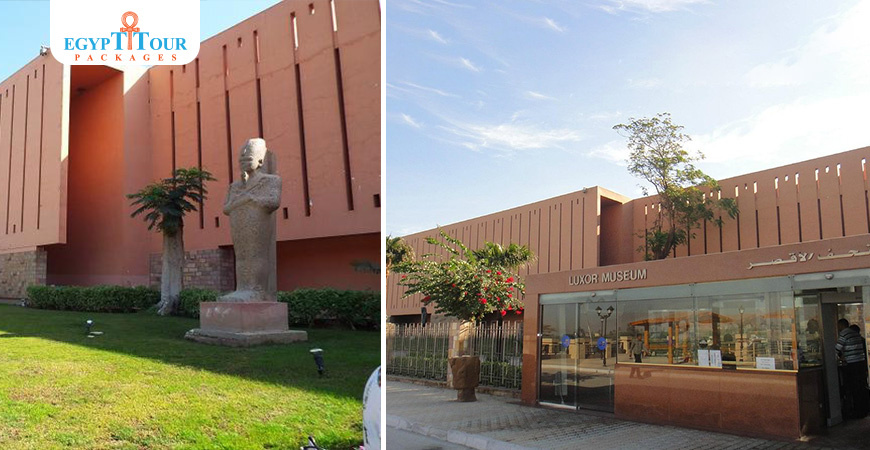
Luxor Museum
Luxor Museum is an archaeological museum in Luxor (ancient Thebes), Egypt. It stands on the corniche, overlooking the west bank of the River Nile.
Luxor Museum
Luxor Museum is an archaeological museum in Luxor (ancient Thebes), Egypt. It stands on the corniche, overlooking the west bank of the River Nile. Luxor Museum is an archaeological museum in Luxor (ancient Thebes). is located on the East Bank of the Nile River in Luxor. It stands on the corniche, overlooking the east bank of the river Nile. The Luxor Museum is an archaeological museum in Luxor (ancient Thebes), Egypt. It stands on the corniche, overlooking the west bank of the River Nile. Luxor Museum was inaugurated in 1975. The collection of the museum and high quality of its presentation allows visitor to "travel back in time" for a few thousand years ago - mostly into the New Kingdom, the time of prosperity of Thebes as well as the whole Egypt. The museum galleries are on two levels, which are connected by two ramps. The latest museum display methods have been used with a view to highlight the artistic beauty of the exhibits. These rely entirely on artificial lighting, a background of dark grey walls and ceilings and simple stands for the objects, the result being that the displays are not cramped or crowded, leaving the eye free to focus on the exhibits. Visitors consequently have a relaxed feeling which is conducive to becoming fully absorbed in the contemplation of each individual work.

Luxor Museum Facts
- Inside
Luxor Museum is an archaeological museum in Luxor (ancient Thebes), Egypt. It stands on the corniche, overlooking the west bank of the River Nile. Luxor Museum
:
On the left side of the museum's main gate, the garden with its four statues represents a corridor that takes visitors to the museum's door and prepares them for the ancient historical atmosphere that awaits them inside. Visitors in the garden are greeted by a standing statue of King Ramesses II, followed by a seated statue of King Amenhotep III, then a standing statue of King Merenptah, was the fourth ruler of the 19th dynasty in ancient Egypt. Tomb KV 8. Merneptah , and the last is another seated statue of Amenhotep III. In addition to the hall of statues called the “Hall of the Cache,” it was added to the museum in the year 1991, and later in 2004 the hall “The Military and Technological Glory of Thebes” was added. The dimly lit interior design of the museum relies on ascending and descending slopes without stairs to connect its floors. It is more like a circular corridor through which the visitor can visit the entire museum and see all the exhibits. It also features an interior design that resembles a balcony, where the visitor on the upper floor can see the lower floor and its exhibits.

Luxor Museum of Ancient Egyptian Art
One of the main features on the upper floor is a reconstructed wall from a temple of Amenhotep IV (Akhenaten). The small decorated sandstone blocks were discovered when the ninth pylon at Karnak Temple was dismantled for reconstruction work, where they had been used as infill in the original building of the pylon. Individual talatat blocks on which the famous reliefs were carved can be seen in many museums, but here the ‘Talatat Wall’ represents the only successful attempt at reconstructing a whole wall of the blocks. Over 40,000 decorated blocks from Amenhotep IV’s early Karnak building works have been found, but only those from the ninth pylon are well-preserved enough to allow their accurate reconstruction. Next to the talatat, mounted on the wall, is a sandstone head from a colossal Osirid statue of Amenhotep IV from Karnak.

Luxor Museum statues
The statue of the god Sobek and King Amenhotep III of the 18th dynasty (1403– 1265 B.C.) is a singular piece was found inside a well-made for it, together with a number of paintings and statues depicting the god as a crocodile, during excavation work to clear a canal in the area of Suminu, now Dahamsha, southwest of Luxor. A small temple was undoubtedly consecrated to the god in this spot, which was showered with votive offerings by his slaves and believers in his power. This statue demonstrates the Egyptian sculptor’s success in creating a balance between the physiques of the pharaoh and god, despite their difference in size, by eliminating part of the rear panel above the pharaoh’s head and bringing his head level with the god’s head, crown included. Ramses II claimed this statue for himself, removing the name of its original owner and replacing it with his own name. Fortunately, however, he did not touch the king’s distinctive features, which remained intact, thus affirming the origin of the statue of King Amenhotep III.
The statues of Horemheb and Atum fit into recesses in the base (maybe to make moving the tableau easier. Horemheb is holding two spherical vessels and is wearing the Nemes headdress, uraeus, royal beard, shendyt-kilt and sandals. The inscriptions say King Lord of the two lands (Djeser-Khepru-Re Setep-en-Re Heka-Maat). Atum is sitting on a throne wearing the double crown, long wig and a curved beard. His right hand is holding an Ankh. Each side of the throne is decorated with two Nile God which represent the unification of upper and lower Egypt.

Antiquities of Luxor Museum
-moving up via the ramp to the 1st floor, you come face-to-face with a seated granite figure of the legendary scribe Amenhotep son of Hapu, the great official eventually deified in Ptolemaic times and who, as overseer of all the pharaoh’s works under Amenhotep III (1390–1352 BC), was responsible for many of Thebes’ greatest buildings.
-The head of Goddess Mehet-Weret or celestial cow, wooden, copper, lapis lazuli and gold sculpture, found in the Tomb of
Tutankhamun, ruled as a boy only for a short time. He is most famous because his tomb was discovered almost intact and full of treasures in 1922 Tutankhamun
.
-Victory stele of Kamose from the temple of Karnak (17th Dynasty) exhibited in the
Luxor Museum is an archaeological museum in Luxor (ancient Thebes), Egypt. It stands on the corniche, overlooking the west bank of the River Nile. Luxor Museum
.
-Statue of Amenhotep III Carved in Rose Quartzite from the
Luxor Temple located on the east bank of Nile River in the city called luxor , it was known in the egyption language as Luxor Temple
. This statue represents Amenhotep on a processional sledge. He is holding scrolls and has feathers on his hips and is wearing a ritual bull's tail on his back. The back is thinner and taller than the statue. The top is decorated with a winged sun-disk over a scene representing Amun seated on his throne. Below this are 4 columns in sunken relief listing the name and titles of Amenhotep. The name of Amun in the inscriptions has been erased and not restored.

Entrance Ticket Details For The Luxor Museum
- How much is entry to Luxor Museum is an archaeological museum in Luxor (ancient Thebes), Egypt. It stands on the corniche, overlooking the west bank of the River Nile. Luxor Museum ?
-For Egyption\Arab:
Adult: EGP 30
Student: EGP 10
-For Other Nationalty:
Adult: EGP 200
Student: EGP 100
- Opening Hours ?
-All Days: Morning Hours: from 09:00 am to 02:00 pm.
Evening Hours: from 05:00 pm to 09:00 pm.
- Free entry Policy
-Free entry for children below 6 years.
-Free entry for Egyptians & Arabs with special needs.
-Free entry for Egyptians and Arabs above 60 years.
-Photography with mobile phone is free of charge.

Post A Comment
Your Email Address Will Not Be Published.














































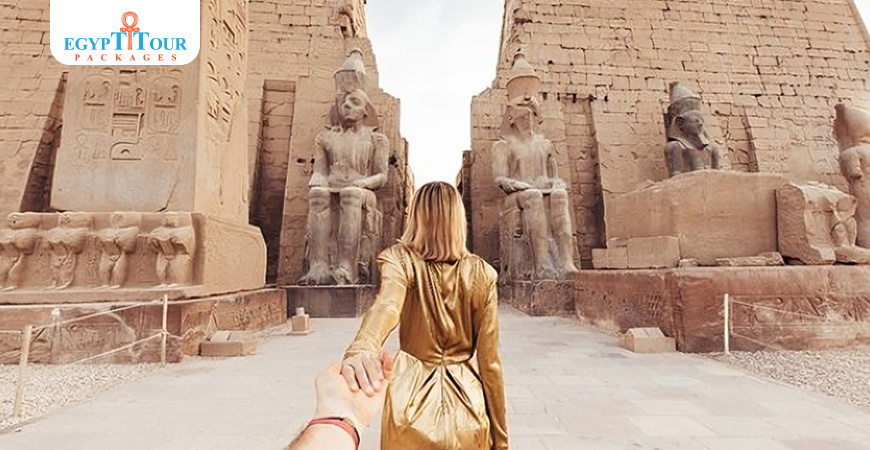
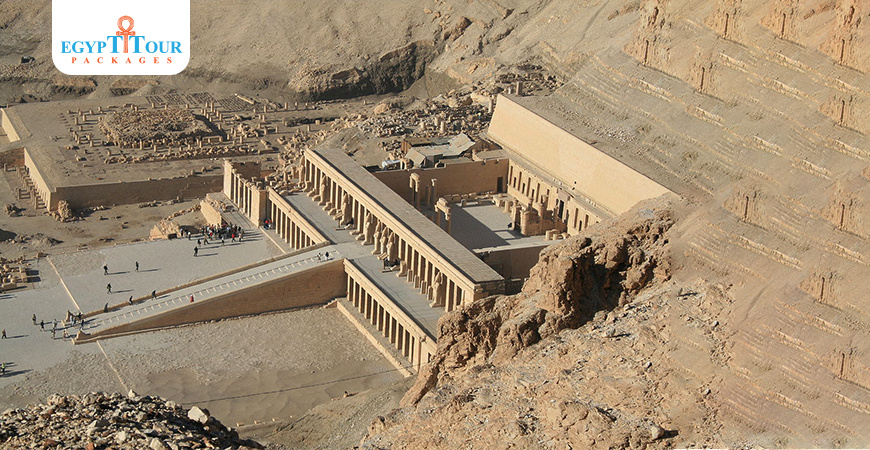
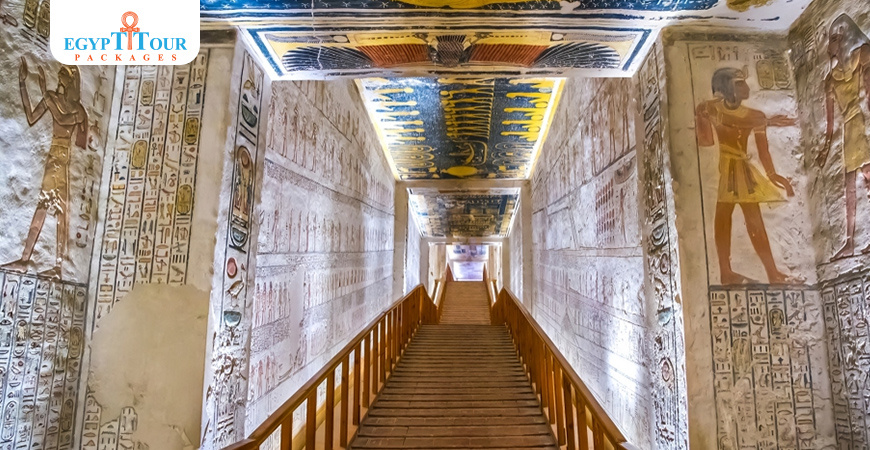
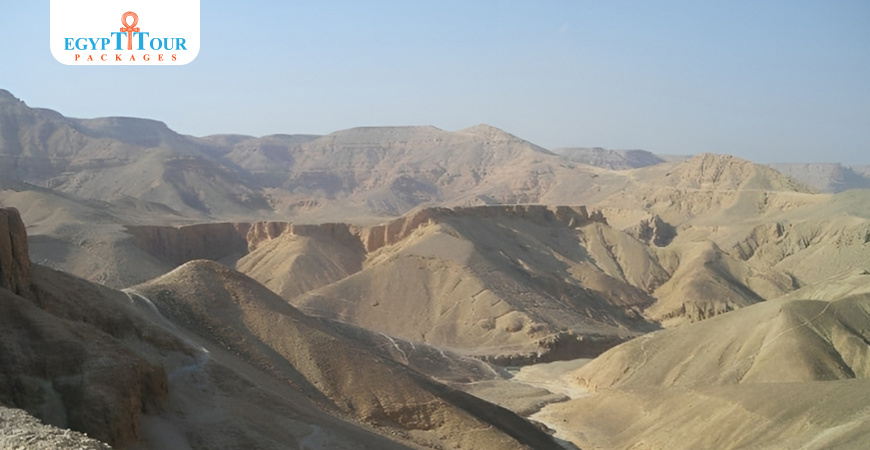
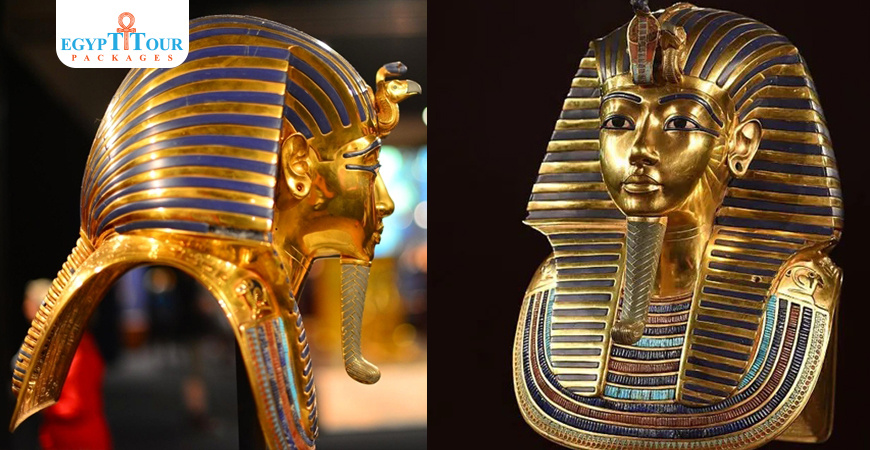
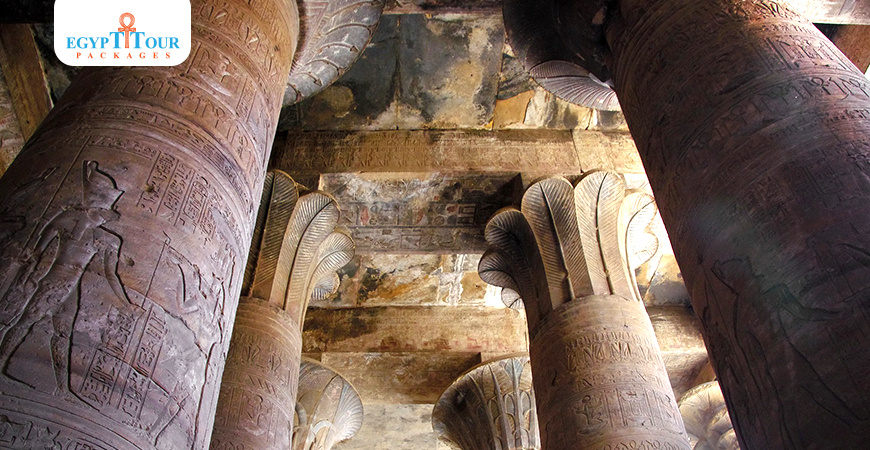
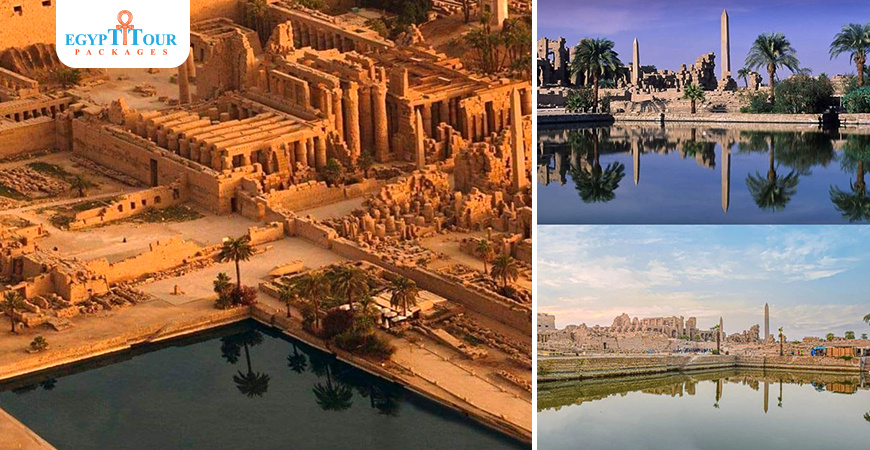
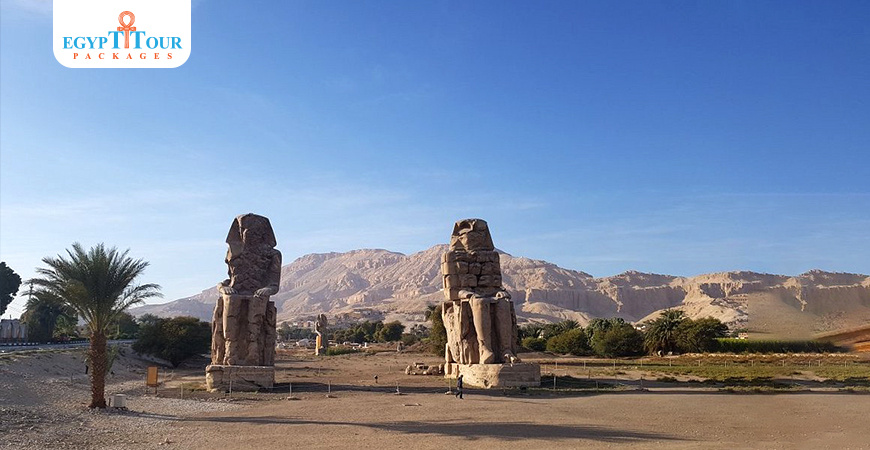
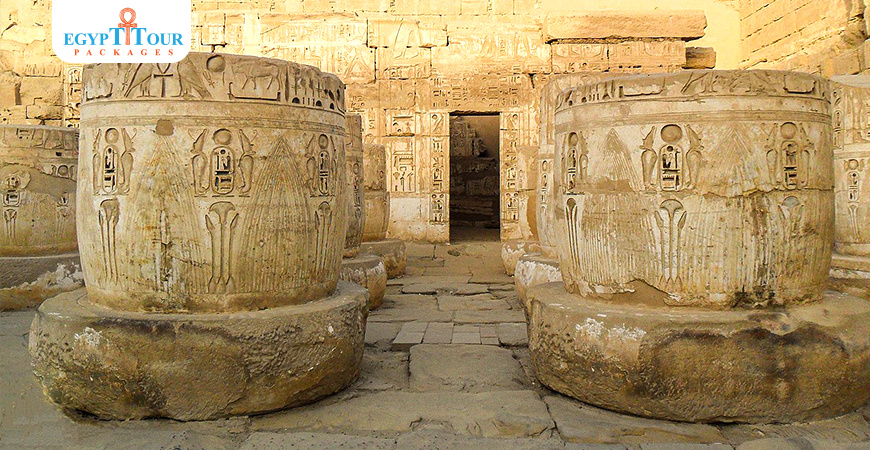
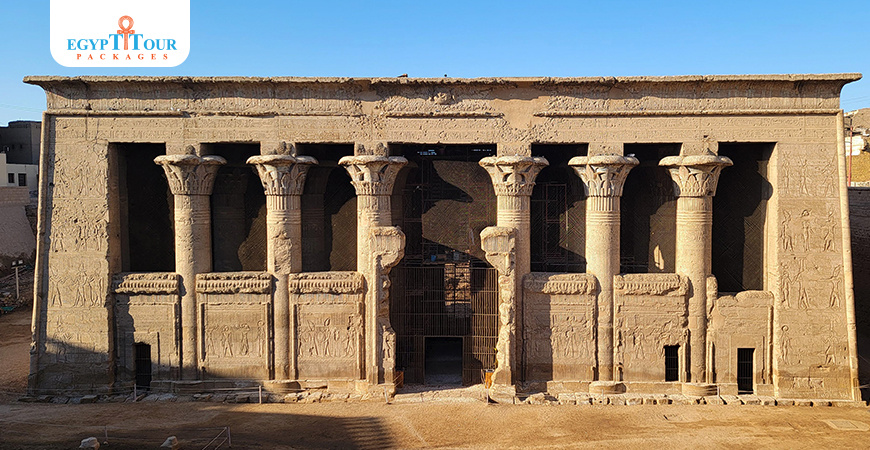
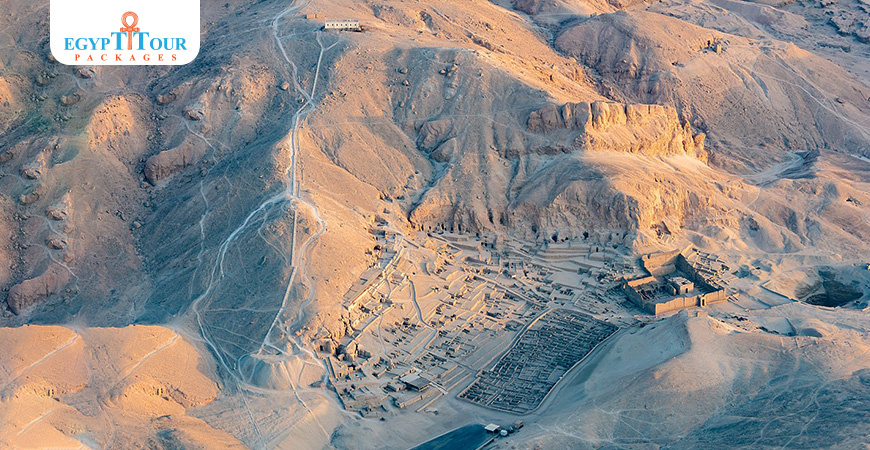
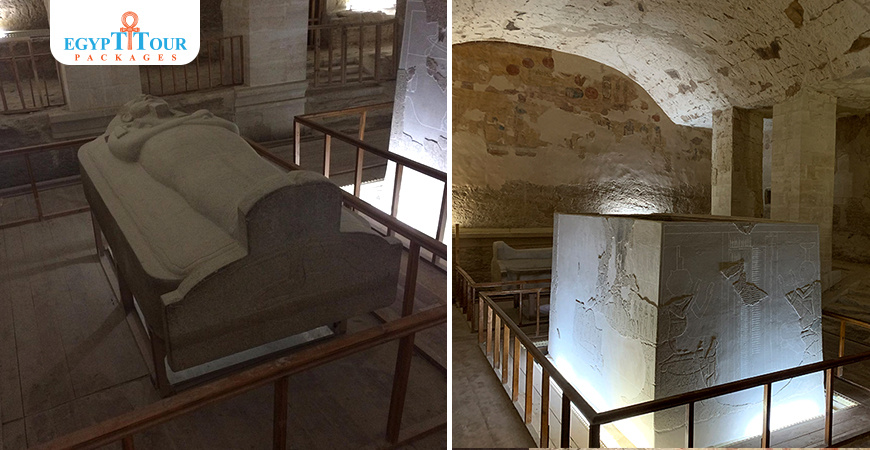

0 Comments